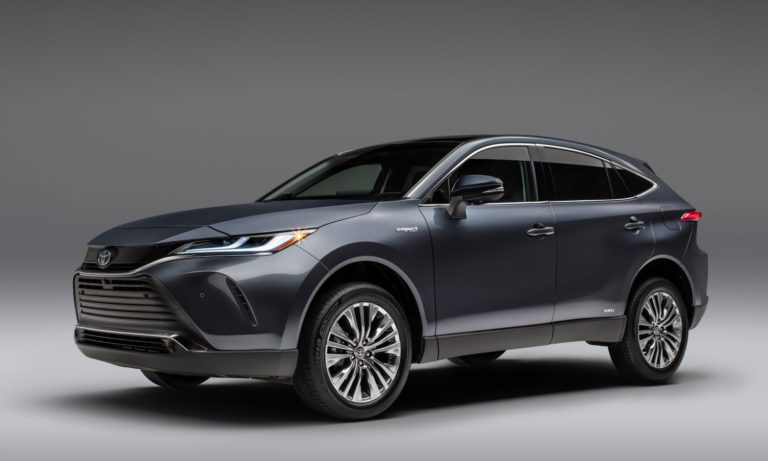
Immersive marketing continues to be a leading AR use case. It has landed with consumers for its utility in visualizing and trying on products. And it resonates with brand marketers for its creative capacity to demonstrate products with greater dimension… not to mention results.
So far, this has been most prominent in business verticals and product categories such as footwear and furniture. The former is all about getting a more informed purchase for size and style. And the latter helps avoid headaches in seeing if bulky items fit in your home before ordering.
For the same reason, AR visualization has begun to develop in the automotive vertical. We’re talking about placing that new Ford Mustang in your driveway or examining the interior leg room and textures. Like the above product categories, it’s all about qualifying big buying decisions.
But Toyota has taken AR in another direction. With intentions of infusing immersive technology (including VR) throughout the buying cycle, it has started to validate AR’s efficacy in a seemingly unlikely place: after-market accessories. This is a $46 billion global industry.
Last Mile
So what do we mean by after-market accessories? We’re talking everything from new rims to roof racks and tow packages. It’s all those things that car salesman try to upsell you after you’ve signed the dotted line. Some premium packages can represent $5,000 in additional revenue.
But though this is a high-margin product category for auto manufacturers, there are uneven standards and sales execution, which sometimes fall apart at the point of sale. The latter often happens at the dealer level, where they often don’t even have images available for accessories.
This is uncharacteristic of the car buying process in general where it’s all about seeing things in person. In fact, buying a new car is one of the last consumer product categories where IRL purchases are prominent… though even that’s changing rapidly given challengers like Carvana.
Seeing all this unfold, Toyota spotted an opportunity to breathe new life into this opportune product category that was falling down in its last mile (literally). It decided to circumvent that weak link at the dealer level and go direct to consumer (DTC) – a Covid-accelerated trend.
Customer Lifetime Value
To do this, Toyota launched the Toyota Accessory Augmented Reality (TAAR) program. In partnership with Groove Jones, it launched an app that lets consumers visualize accessories during or after buying a car. They can visualize things like upgraded rims directly on the car.
To localize itself and overlay graphics dimensionally, the car itself is the AR activation marker that the app recognizes. Once it does, customers can flip through accessories options and dynamically visualize them on their new car. And they can do so at their own convenience.
That last part represents a key strategic move. Not only is an AR a more effective way to get a stylistic and dimensional sense of accessories, but it’s time-shifted and place-shifted to achieve greater scale. In other words, the sales window extends beyond a few hours spent at a dealership.
Another way to look at this is that Toyota has found a way to tap into greater customer lifetime value (CLV) throughout the life of a car. It started with Tacoma, as trucks are a leading accessories market ($14 billion in annual sales), before it plans to roll out TAAR to the rest of its lineup.
We’ll pause there and circle back in the next Campaign Tracker installment to examine another AR marketing case study…
